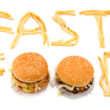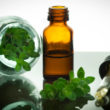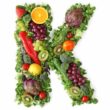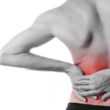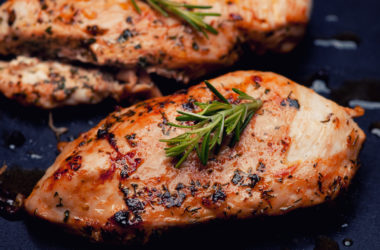In reference to University of Michigan’s Department of Radiology, a stroke is defined as a sudden interruption or severe reduction of blood supply to a part of the brain, thus depriving the brain cells of nutrients and most especially oxygen. This is terrible news because brain cells may die in less than 5 minutes without oxygen. If a severe stroke is not treated in time, death is always a possibility. Even a stroke that is not fatal may cause some neurological damage that can leave sufferers incapacitated for the rest of their lives.
There are different causes of a stroke. It may be due to a blocked artery or the bursting of a blood vessel in the brain. At times it may be caused by a temporary disruption of blood circulation in the brain. Here are the different stroke types:
- Ischemic stroke – This type of stroke is brought about by the narrowing or blockage of arteries supplying blood to the brain. It may be caused by the formation of a blood clot in one of the arteries to the brain (thrombotic stroke). Sometimes the problem is caused by a blood clot that has formed elsewhere on the body, usually in the heart, that gets lodged in the small blood vessels in the brain (embolic stroke). Experts say that approximately 85% of all stroke cases are the ischemic type.
- Hemorrhagic stroke – When a blood vessel found in the brain suddenly leaks or ruptures, hemorrhagic stroke happens. This type of stroke may be caused by a handful of factors. Uncontrolled hypertension or high blood pressure is one of them. Another is the presence of aneurysms or weak spots in the walls of the blood vessels. There are instances when excessive treatment of anticoagulants (drugs or substances that keep the blood from clotting) is the cause of a hemorrhagic stroke.
- Transient ischemic attack (TIA) – Also referred to as a mini-stroke, TIA causes the same symptoms as a stroke but only for a short period of time and it doesn’t leave a lasting damage. It’s not unlikely for this type of stroke to last for less than 5 minutes only. The cause of a TIA is the temporary reduction of blood supply to the brain due to a clot in a blood vessel leading to the brain. However, someone who has suffered from a TIA is at high risk of having a full-blown stroke.
Preventing Stroke From Happening
Keeping stroke at bay may be done simply by dealing with some of the risk factors. While there are certain risk factors that cannot be corrected or avoided (race, age, gender and family history of stroke), so many other things can be done to considerably reduce your chances of having a stroke. They are the following:
- Exercise on a regular basis. Getting sufficient amounts of exercise strengthens your heart muscles as well as blood vessel walls. Having enough exercise also helps improve blood flow to the brain and elsewhere on the body.
- Maintain an ideal weight. Being obese or overweight increases your likelihood of suffering from a stroke. Switching to a healthier diet and exercising regularly can help you shed off excess pounds and attain your ideal body weight.
- Stay away from certain recreational drugs. Health authorities say that the use of drugs such as methamphetamines and cocaine can put you at risk of suffering from a stroke.
- Have a healthy lifestyle. It’s easier to dodge a stroke if you avoid smoking as well as exposure to secondhand smoke if you’re not a smoker. Heavy or binge drinking should also be stopped to keep stroke at bay.
All of the things mentioned above also help deal with certain medical conditions or problems that are associated with having a stroke. Some of them include diabetes, high blood pressure or hypertension, high bad cholesterol levels, and heart diseases. As a general rule of thumb, staying in the pink of health helps in the prevention of a stroke.
Foods That Help Prevent a Stroke
Including the following in your everyday diet is a great way to keep your chances of having a stroke to a bare minimum:
- Folate-rich foods like beans, asparagus, broccoli, citrus fruits and avocados.
- Cholesterol-lowering foods such as oats, soy and almonds.
- Antioxidant-packed fruits and vegetables that help promote healthy blood vessels.
- Potassium-rich foods like bananas, yogurt, fish, squash, potatoes, mushrooms and dark green leafy vegetables.
- Magnesium-rich foods such as nuts, seeds, whole grains, dried fruits and dark chocolate.
- Low-fat milk because it’s rich in potassium, magnesium and calcium that help promote good cardiovascular health.
- Omega 3-dense foods such as fatty fish like salmon, sardines, tuna and mackerel.




